
Reba Hore. 1960. Photograph by Jyoti Bhatt. Image courtesy of the Jyoti Bhatt Archive and Asia Art Archive.
Searched aplenty
Searched and searched in vain
But seek, seek, seek I must
I stumble and I fall
The body wracked in pain
But walk, walk, walk I must
Groping, fumbling, walking, stumbling
I'll find my way, I must
(Translated from the original Bengali by Sunandini Banerjee and Somnath Zutshi)
Between gnawing despair and a feeble reassurance there runs an undefined, barely audible longing that's reflected in these lines. Artist and activist, wife and mother, Reba Hore (1926-2008) unwraps in poems such as this one a precarious, brittle, besieged sense of the self that undoes gender parameters and ideological prescriptions. This, at age 78, in 2004, when she was confined to bed for almost a year after she broke her leg. For the third time. She bled profusely, bathed in a “flow of colour and pain” as writer and teacher Aveek Sen puts it while quoting her memory of the injury. That's when she picked up an old diary with lined pages and dates in bold to begin her Bhanga Payer Diary (The Diary of the Broken Leg), the focus of Experimenter's show on her at its Ballygunge Place gallery in Kolkata, titled The Broken Foot Journal and Other Stories. The show extends from the 12th of August to the 4th of October.
When, in another poem she writes,
You've crossed many miles/through alley and blind lane
Lost your way (for) a while, then found it again
When the road was right/the house was not
When the house was in sight/the key was lost
Where will you go now?
Tired as I am/I'll sit a mite/and let the lost key be!
But day will soon turn to night/and where will that leave me?
This story is from the November 2021 edition of Art India.
Start your 7-day Magzter GOLD free trial to access thousands of curated premium stories, and 9,000+ magazines and newspapers.
Already a subscriber ? Sign In
This story is from the November 2021 edition of Art India.
Start your 7-day Magzter GOLD free trial to access thousands of curated premium stories, and 9,000+ magazines and newspapers.
Already a subscriber? Sign In

Parts, Wholes And The Spaces In Between
Sonal Sundararajan introduces Samira Rathod's free-spirited and rebellious explorations in the world of architecture, furniture and design.

"The Fine Art of Going to the Pictures."
Dr. Banerjee in Dr. Kulkarni's Nursing Home at Chemould Prescott Road brings together 26 paintings featuring a series of dramatic scenes from Hindi and Bengali films. In conversation with Abhay Sardesai, artist Atul Dodiya talks about childhood trips to movie halls, painted figures gripped by tension, and the closeness and remoteness of cinematic images.
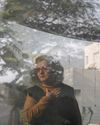
"To Finally Have Something of Your Own to Mine."
Dayanita Singh is the recipient of the coveted 2022 Hasselblad Award. Keeping the photograph at the centre, she speaks to Shreevatsa Nevatia about books, book objects, photo novels, exhibitions and museums.
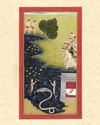
OF DIVINE LOSS
Shaurya Kumar explores the relationship between the subject and object of devotion, finds Aranya.
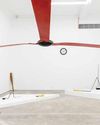
THE PAST AND ITS SHADOWS
Neha Mitra visits two shows and three artists in Mumbai.
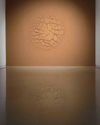
FORCE OF NATURE
Alwar Balasubramaniam dwells on absences and ephemeralities in his new work, states Meera Menezes.
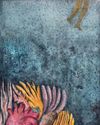
SHAPES OF WATER
Devika Sundar's works delineate the murky, malleable boundaries between the human body and the organic world, says Joshua Muyiwa.
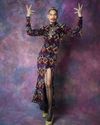
INTIMATIONS OF INTIMACY
Sunil Gupta shares his journey with Gautami Reddy.
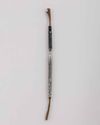
THE FRACTURED PROSPECT
Nocturnal landscapes as ruins in the making? Adwait Singh looks at Biraaj Dodiya's scenes of loss.
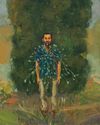
TEETERING BEYOND OUR GRASP
Meera Menezes traces Mahesh Baliga's journey from Moodabidri to London.